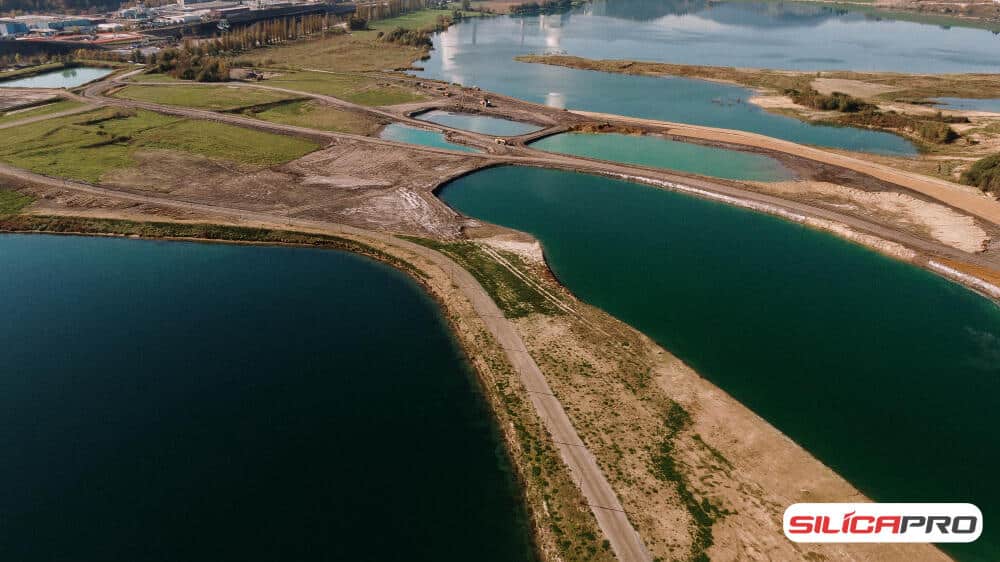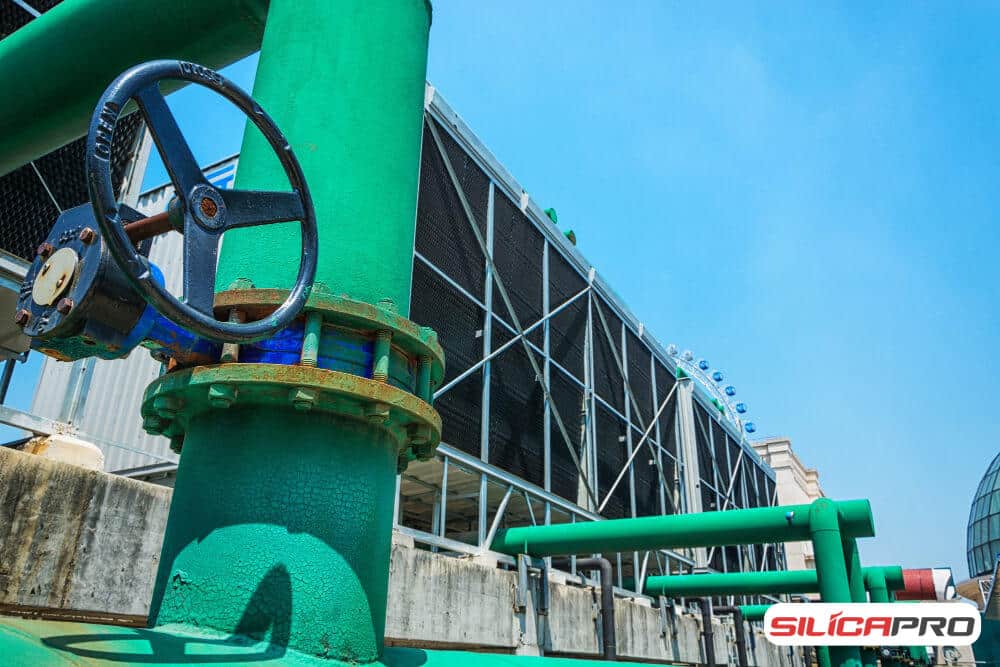
Wastewater treatment plants should focus on effective results and sustainably prevent environmental pollution. The implementation of studies and research continues to consider the use of new technologies, including the use of fiberglass materials. So how can fiberglass support sustainable waste treatment?
From generation to generation, the application of wastewater treatment plants continues to increase. Either way, everyone must work together to strive for a healthy environment. For example, making a septic tank is mandatory in all housing and offices. The design of this waste disposal site varies and there are always the latest innovations from period to period.
In this article, let’s get to know more about wastewater treatment plants and how fiberglass supports their efficiency and effectiveness. The good news is that this glass fiber-based product has great potential for various needs, including for the most environmentally friendly waste storage.
Contents
What are Wastewater Treatment Plants and Why are They Important?
Life and civilization will always produce waste. Whether it’s human waste, food waste, use of chemical products, and others. The construction of a waste storage system should be sustainable and together with good maintenance. If not, the potential for nutrient contamination will be very dangerous.
Among the various methods that have been applied, the use of fiberglass is a real solution for the treatment of waste treatment sites that are practical and environmentally friendly. But before discussing more about glass fiber, here are some important things you should know about waste storage and treatment systems:
Nitrogen and Phosphorus Pollution
Household waste contains nitrogen and phosphorus. Of course, waste from factories and industry will attack the earth repeatedly and in very large quantities. Correct processing of wastewater treatment plants will prevent pollution and this must be monitored in detail and consistently.
Construction and Maintenance Costs
It cannot be denied that manufacturing and maintaining wastewater treatment plants requires high costs. Especially if you have a business that has to produce waste, you have to consider the costs of managing it so that it doesn’t impact environmental pollution.
Among the costs you have to pay include fees for permits and supervision from the local government, as well as optimization costs to increase more efficient waste processing. In many cases, companies must seek waste that can optimally reduce nitrogen and phosphorus content.
Local Septic Tank Problems
Making household and industrial septic tanks should be able to reduce the level of environmental pollution due to waste. But research shows that there are up to 20 percent failures in the use and maintenance of septic tanks in America, and many more in other countries.
Failure of the waste disposal site to function can also occur due to other factors. For example, damaged or aging infrastructure, designs that do not comply with procedures, wastewater production that exceeds capacity, and maintenance problems that do not comply with guidelines. The owner’s responsibility is very important to prevent various septic tank problems.
Advantages of Fiberglass to Support Ideal Wastewater Treatment Plants

The construction and maintenance of septic tanks must be serious so that they do not impact environmental pollution. So what is the role of fiberglass in preventing nitrogen and phosphorus pollution? The following are several important things about the advantages of fiberglass in waste storage and processing systems:
Easy and Cheap Maintenance
Installing wastewater treatment plants using fiberglass will provide several benefits. Among them are easy maintenance due to superior material characteristics and anti-corrosion. Even so, you still have to check the system and tank pump regularly and save water.
Avoid flushing hazardous waste down the toilet or storing heavy objects in the sewer area. Even though fiberglass is sturdy and leak-proof, prevention efforts must be maximized. Moreover, fiberglass material supports a practical and fast-paced modern lifestyle but still supports guaranteed access to clean and safe water.
Components of Wastewater Treatment Plants Using Fiberglass
Fiberglass-based aeration tanks and retention ponds ensure the strength and maintenance of the water reservoir. Water aeration will make oxygen reduce dissolved gas levels effectively to oxidize metal particles optimally.
Fiberglass polymer insulation panels can also be applied in installations to replace conventional materials which are prone to corrosion. Please work with a credible fiberglass supplier to collaborate in making wastewater treatment plants that are effective, cheap, and environmentally friendly.
